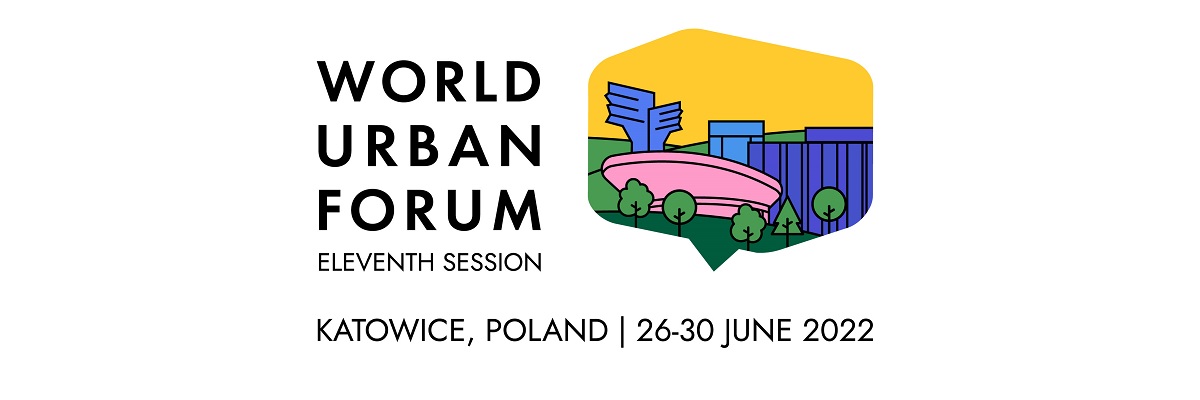This issue of Voices from will be an anonymous collection of many different voices I collected in Quito on the following questions. I interviewed not only conference participations but also community members, a taxi driver, a hotel manager, students, tourists and others. They have been translated from Spanish.
What are the most urgent urban development problems in Quito?
- The city has developed chaotically without a plan.
- Many people are moving out of the inner city to the suburbs, resulting in a dead city centre.
- Traffic congestions is the biggest problem [several sources]. Pollution and lack of public transportation make citizens suffer. The lack of parking spaces is a big problem, although many people are proud of their car and rely on it to get around. Motor bikes are very dangerous and there is a need for regulations.
- Poverty is not a big issue in Quito, but begging is. There are many beggars on the streets, especially during rush hours, knocking on car windows asking for change or selling chewing gum and other small things. They are from other countries or from the countryside and somebody is paying the parents to take the children to the city and work for them. Maybe almost like a “beggar mafia”. Now, the municipality has forbidden this type of street selling and it has gone back a little bit.
- We still suffer from recession due to the financial crisis, resulting in poverty.
- Crime is still much more an issue than the government has you believe.


How to solve these problems?
- I think it is important to allocate the government’s budget differently. Currently, a big chunk of the city’s budget is going towards the new inner-city Metro, which will steal jobs from taxi drivers and result in even worse walkability. Investments in other infrastructure would be better.
- I think that the new Metro will be a good solution for traffic.
- Parking spaces are necessary. My idea would be to charge for them to get an economic help.
- Against the pollution, even and odd rules are necessary. We sometimes do that already, but I think we need them on a more regular basis. [“pico el plata” in Spanish – this means that on some days only cars with an even plate number are allowed to be out on the roads, rotating with uneven numbers and resulting in almost halving the number of cars on the road.]
- In my opinion, the Ciclopaseo is a great start towards more sustainable and greener urban transport in Quito. [Every Sunday morning, a large part of the inner city is reserved for cyclists.] We also need more and safer bike lanes, because biking is becoming more and more fashionable here.
- There should be more citizens’ initiatives and participation. We don’t believe in authority here, but that means that a strong civil society is necessary. This is only just developing in Quito.

How did Habitat III influence Quito? Have you seen many changes?
- Many of the upgrading projects in preparation of Habitat III are just “make-up” and won’t last.
- The support of the United Nations has enabled some projects that were not supported by the local government.
- Some of the Urban Village innovations like houses made out of bamboo or other cheap, robust building material are very interesting and I hope that they are here to stay. The radio had a report about them and I think this is a very good way of construction better and affordable houses.
- It’s been crazy! For hotels and other tourism services it has been a very good things, but there are also more thieves around and crime is increasing. Prices are being driven up.
- I don’t like the police presence and the drastic militarisation. For example, there are now always helicopters circling above the city.
- I am happy to welcome so many international guests and glad about the attention of the world they bring to Quito.
- The urban poor are not affected by Habitat III at all.
- I actually don’t know or understand what Habitat III is about, to be honest. Nobody told me.
- There is a trend in Ecuador towards more government-issued social housing, which is a good thing to begin with. But right before Habitat III started, there have been evictions in some major Ecuadorian cities (especially in Guayaquil) to enable the construction of completely new houses. This has not been covered in the media or mentioned in Habitat III at all.
- In April, we had a big 7.8 earthquake in Ecuador which could be felt even in Quito. Many hundred people died, but this is not a topic at all during the conference. It should be, in my opinion. The reconstruction work is still going on. However, in a way it was a positive experience for the society because it resulted in a lot of mutual help and solidarity and also new building norms.
Read more articles about Habitat III here:
Re-defining La Mariscal in Quito through neighbourhood engagement










